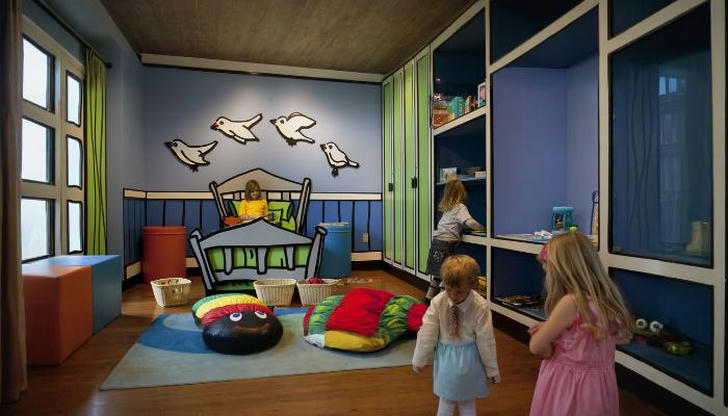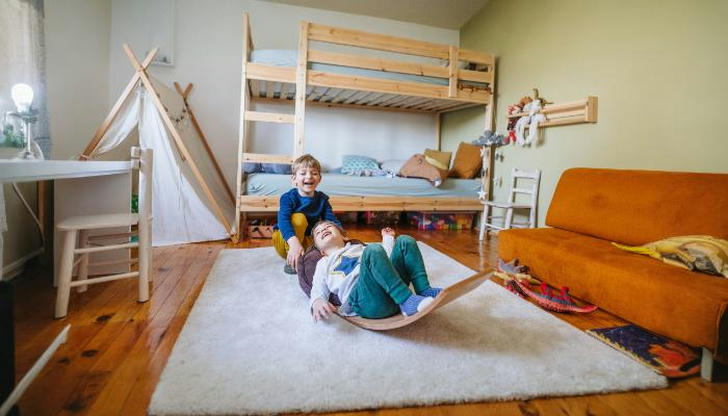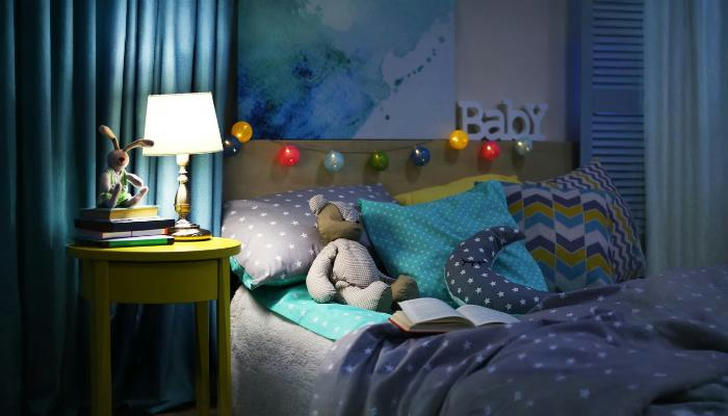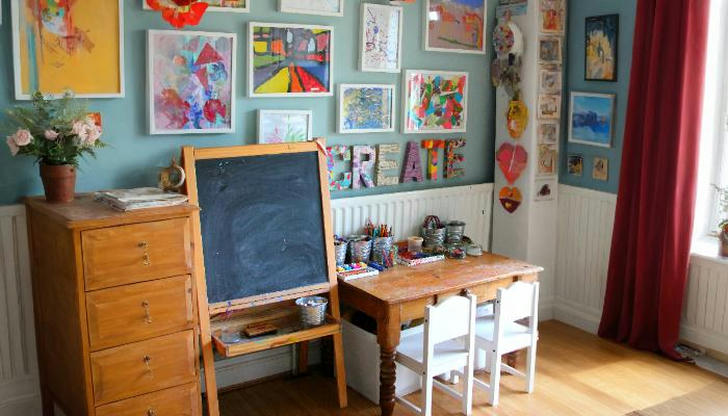Growing Up in Style: Decorating a Room that Grows with Your Child
A child's room is more than just a place to sleep, it's a canvas for imagination, a sanctuary for play, and a space that reflects their ever-growing personality. Decorating this special space can feel overwhelming, but don’t be afraid! Here are five suggestions for decorating a children's room.

Safety First
The design of the children's room can be unique and the color scheme can be different, but safety and health must come first and are the bottom line that cannot be broken. Environmental protection and health must be the priority for all materials used in home boards, wallpapers and paints. At the same time, safety issues should also be given top priority in design. Children are naturally lively and active, and have a great desire to explore. Therefore, when designing and decorating, we must avoid "flashy", eliminate all safety hazards, and pay attention to safety and reasonableness. Move freely.
For example: do not install items with complex shapes and sharp corners, or cabinets that are too high and do not stick to the wall. Try to make the corners arc-shaped, or attach anti-collision strips, etc.

Room for Growth
The design of a children's room needs to consider the growth of the child, create a space that can be used flexibly, and maximize space freedom. When children are still young, there are actually no clear aesthetic preferences and color preferences. Therefore, you can first plan the sleeping and resting area to create a healthy, safe, and comfortable sleeping environment that meets the needs of your child's growth. Other spaces are temporarily in a flexible state of "idle" and "blank". When they slowly understand how to express themselves, make new changes so that children can truly participate in the design of their own rooms, which can also save costs to the maximum extent. Otherwise, if we design and decorate "all things" according to our adults' ideas at the beginning, we may not be able to win the favor of children in the end.

Color Selection
The world in children's minds is colorful, and colorful things are more likely to stimulate their desire to explore. Compared with the adult's room, the design of the children's room usually emphasizes being colorful and in line with the innocent and romantic character of the child. But in fact, in a limited space, too many colors will distract children's attention, which is not conducive to children's growth. Therefore, when choosing colors, make appropriate subtractions. You can first determine a main color. It is recommended to keep it as simple and plain as possible. Mainly, add curtains, carpets, accessories, and other soft furnishings to add interior color.
For example: choose light and lively colors for wall paint, such as white, beige, sky blue, grass green, or a color-hopping wall that is a mix of multiple colors. Especially for small children's rooms, using too strong colors will give people a strong visual burden.

Lighting Options
Children's rooms are also very particular about lighting selection. You can give priority to natural light because natural light coming in through windows is the most comfortable. If artificial lighting is required, the light chosen must be soft, such as white or warm white LED lights. Try not to use fluorescent lights, which are too irritating to the eyes and can easily lead to eye fatigue or discomfort. Special attention should also be paid to the position of the light, and it should be avoided from shining directly into the child's eyes.
We try to choose adjustable lamps so that the brightness and color of the light can be adjusted according to the child's living needs and activity status. For example, you can choose different lighting modes for different usage scenarios (reading, playing, or sleeping).
At the same time, when choosing lamps for children's rooms, we must consider their safety. Because children have a weak sense of self-protection, we must avoid choosing sharp lamps or fragile glass lamps, avoid direct exposure to wires, and avoid using a very hot light source.

Creativity Space
Compared with an adult's bedroom, the decoration of a children's room can be more creative, allowing children to freely use their imagination and do what they like, and parents can also discover and cultivate their children's interests and hobbies.
For example: if conditions permit, reserve a wall for children to draw pictures, or set up a large panel so that children can create freely and slowly develop a character that dares to express themselves. If you want your children to develop good habits of storage and organization, you can design a toy area with a focus on toy storage. You can purchase some toy storage boxes in the early stages, and parents can guide and train their children to complete simple storage tasks. Playing and storing together is also a very warm parent-child time.
As children grow older, they will have more and more objects, and their aesthetics and interests will gradually become clearer. The design of the creative space can be left to the children to create their own ideal space.
The decoration of a children's room needs to take into account the practicality of life, sleep comfort, visual beauty, and spiritual space. This is the meaning of growth. With a little planning and creativity, you can create a room that fosters both fun and function, a space where your child will thrive and make cherished memories.
